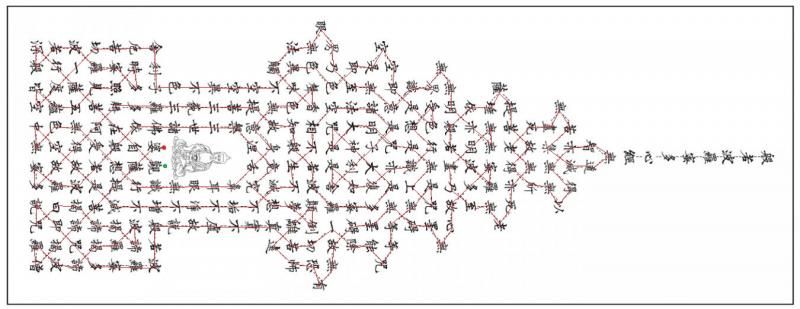
Originally Posted by
DoGcHoW108

does anyone know why ch'an in particular (and mahayana more broadly) seem to have universally adopted the heart sutra into their canons?
I believe the reason is that it is considered to contain the most essential teaching in a very concise format. It's also beautifully expressed and a good length for frequent chanting.
“Most longer sutras emphasize various individual aspects of Buddhadharma from many perspectives, but the Heart Sutra, just over a page long, distills the teachings of the Buddha to their purest, clearest, most concise essence.” — Chan Master Sheng-Yen
Thich Nhat Hanh’s commentary
http://www.amazon.co.uk/Heart-Unders...dp/1888375922/
Sheng-Yen's commentary (and source of the quote above)
http://www.amazon.com/There-No-Suffe.../dp/1556433859
Heart Sutra (in Chinese) recitation
http://www.youtube.com/watch?v=7OXGM0CArAw
Heart Sutra (in Sanskrit) set to music by Imee Ooi
http://www.youtube.com/watch?v=I2Gb9ZN-61I



 Reply With Quote
Reply With Quote




